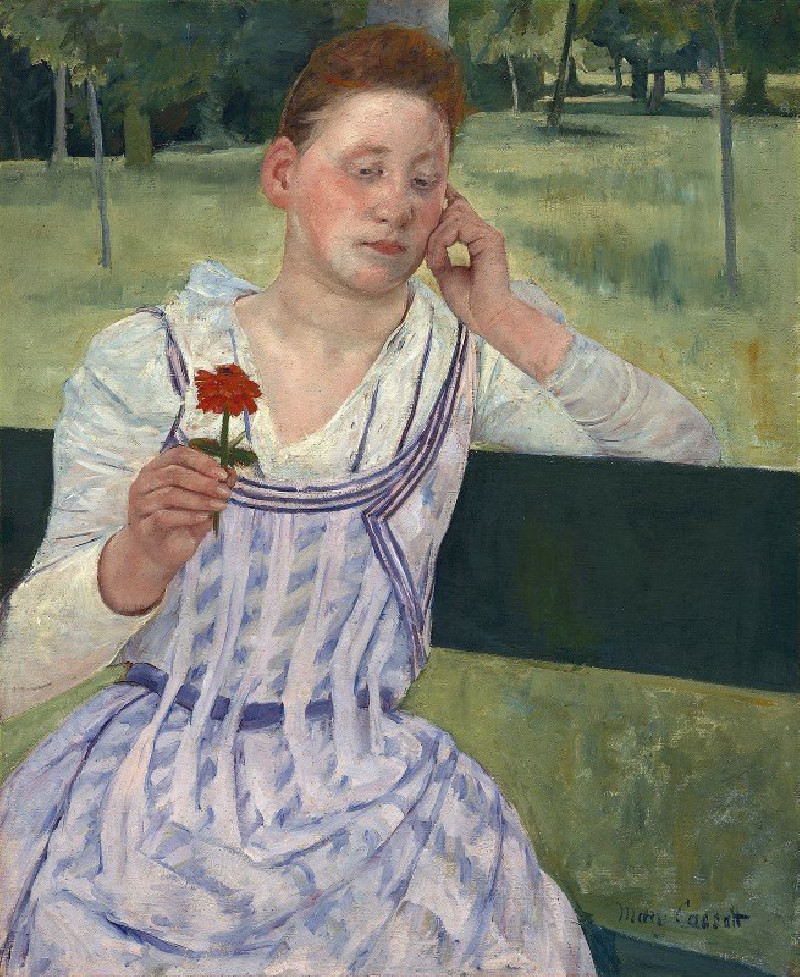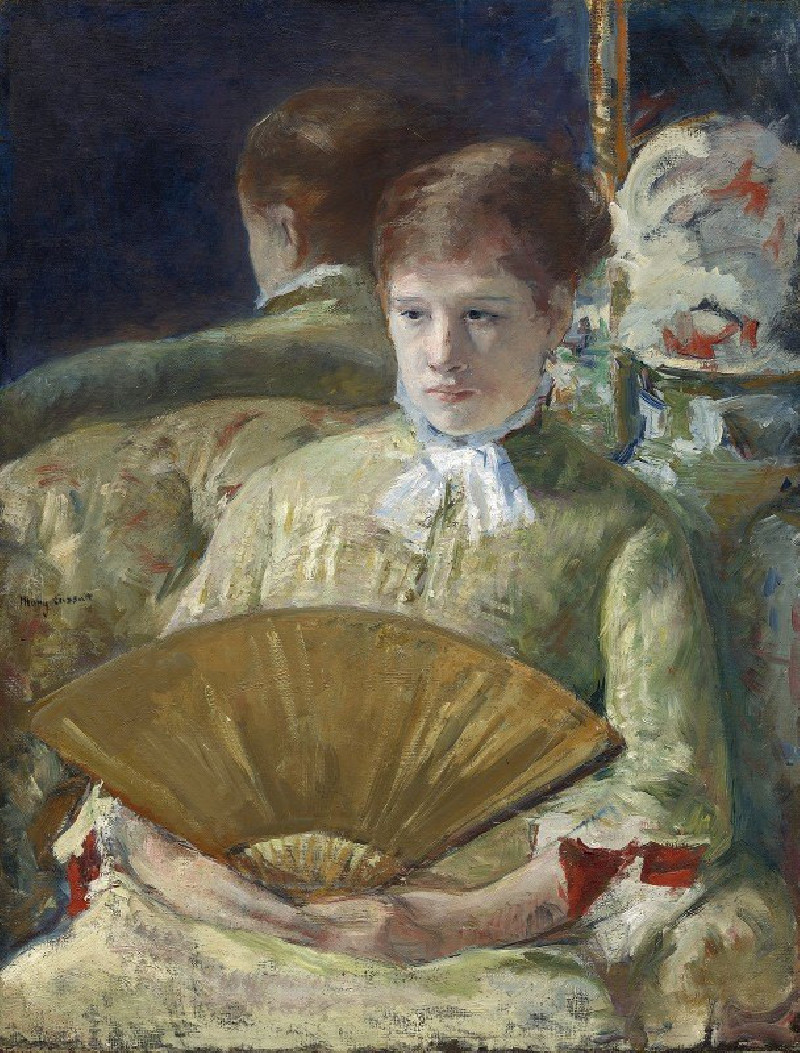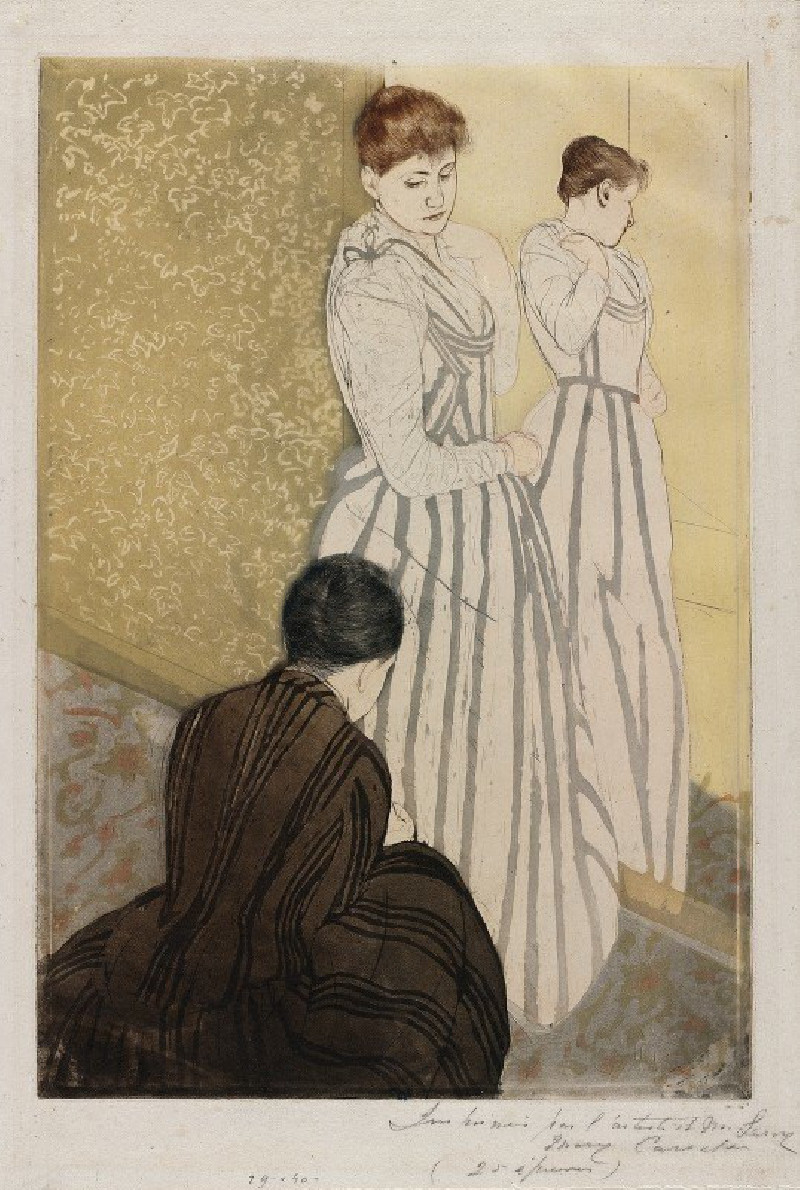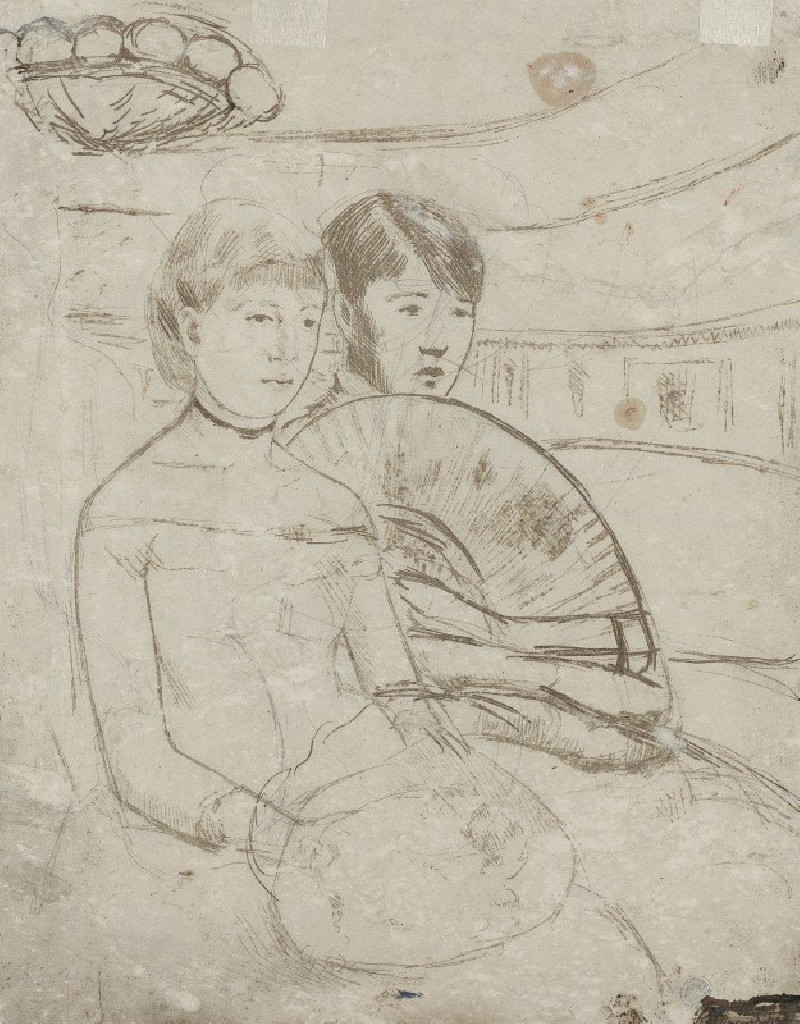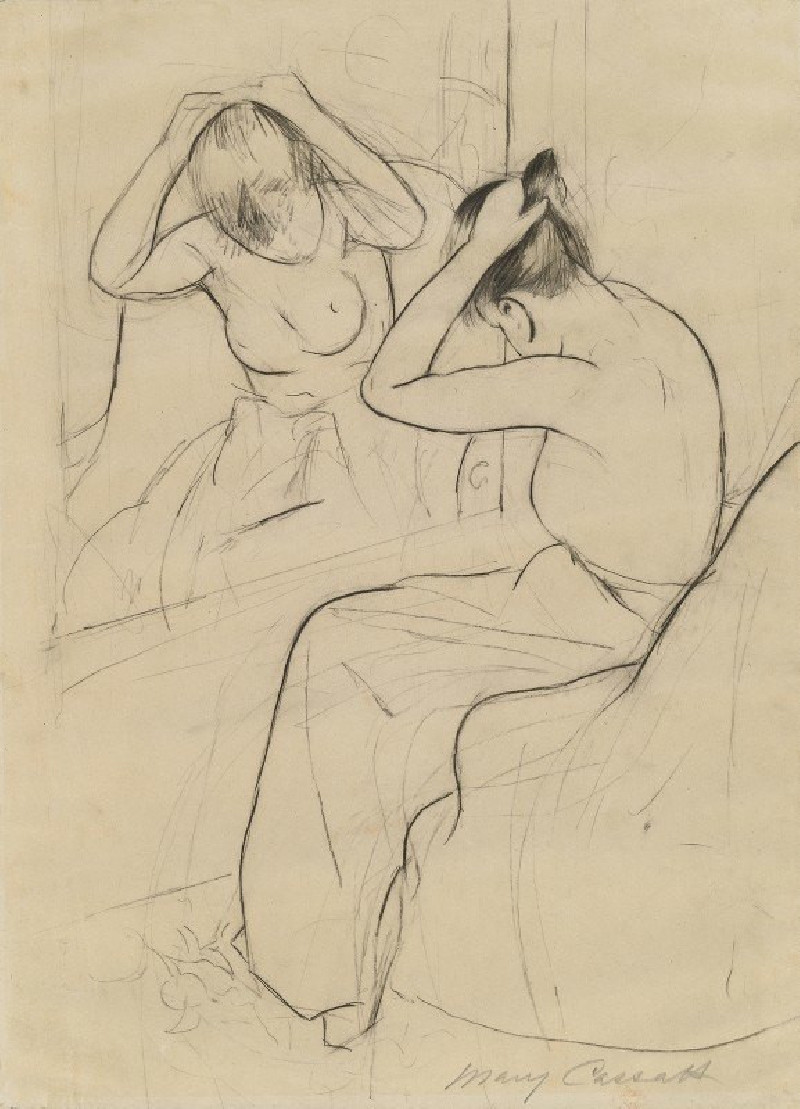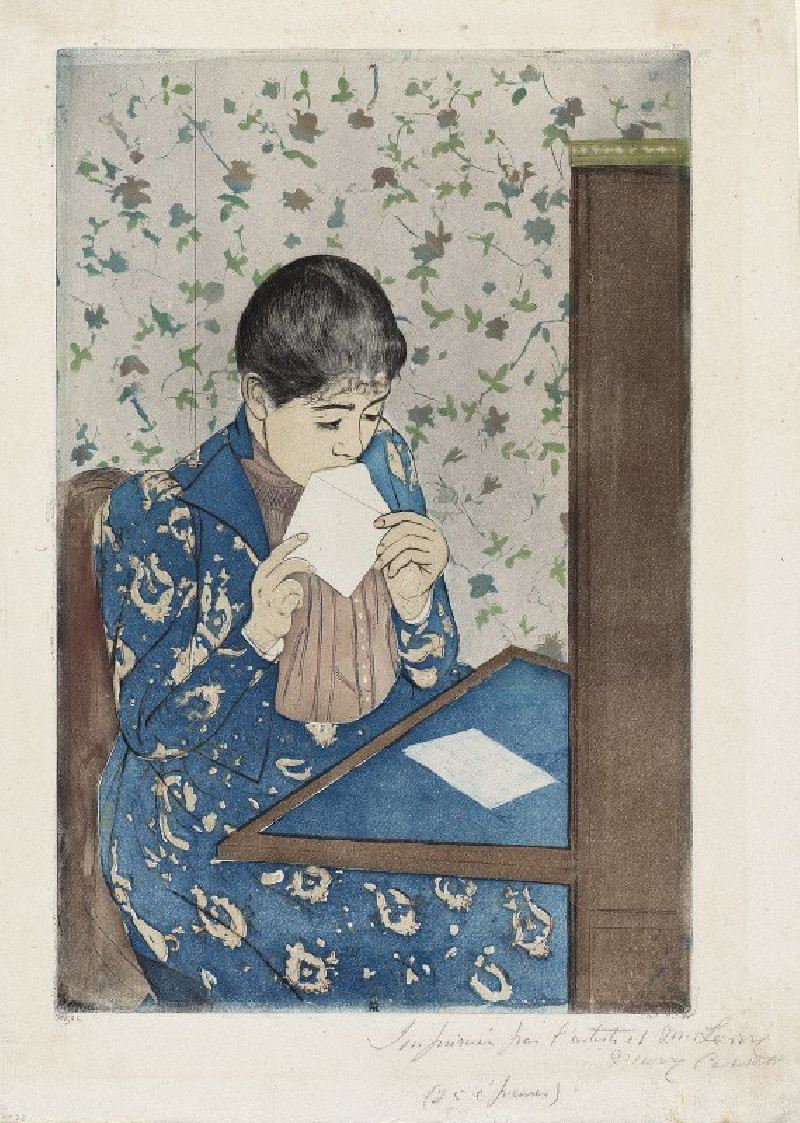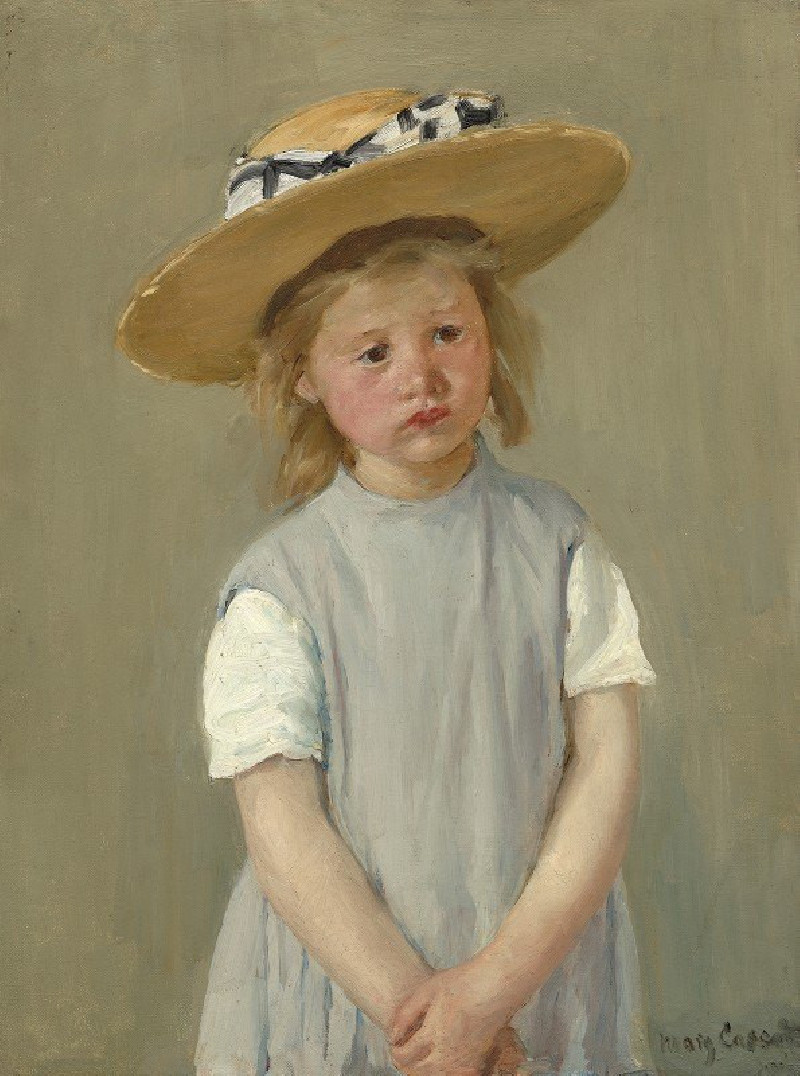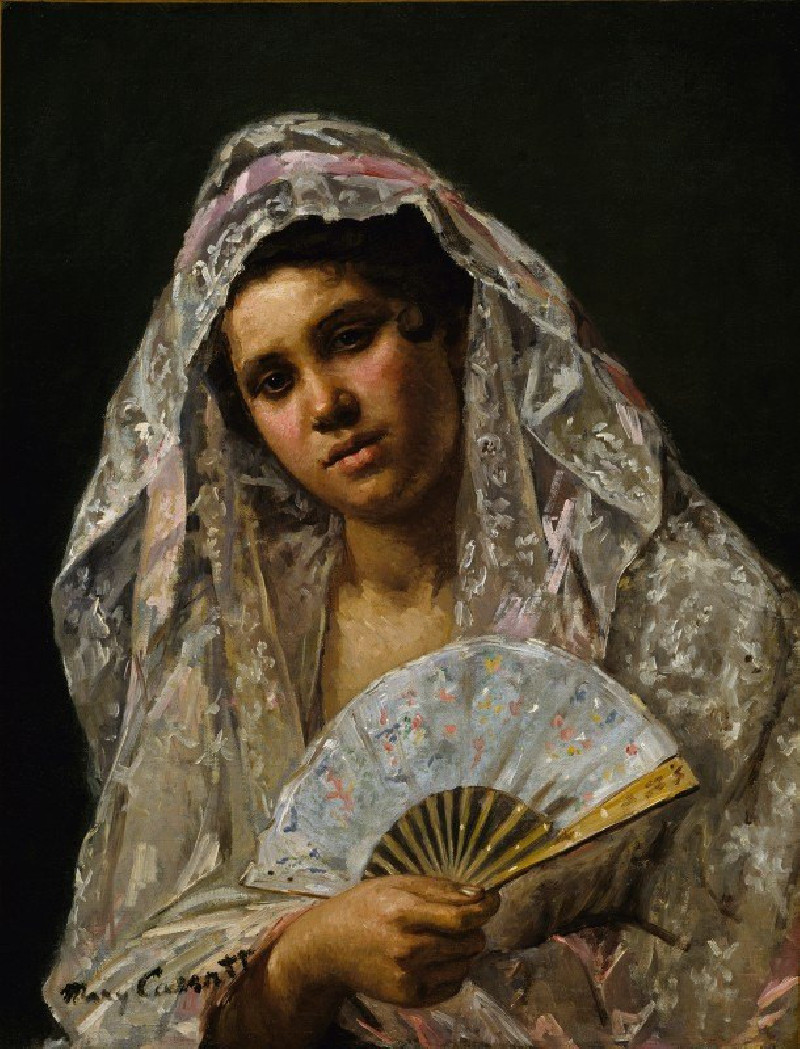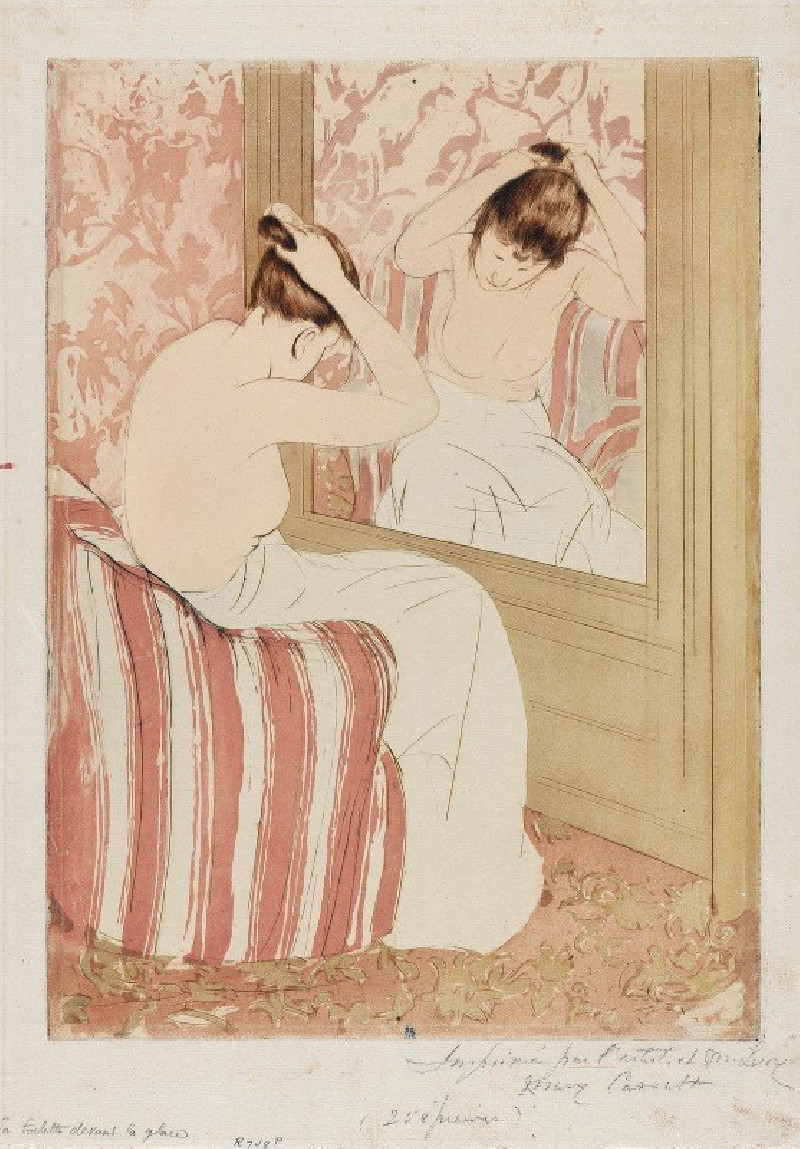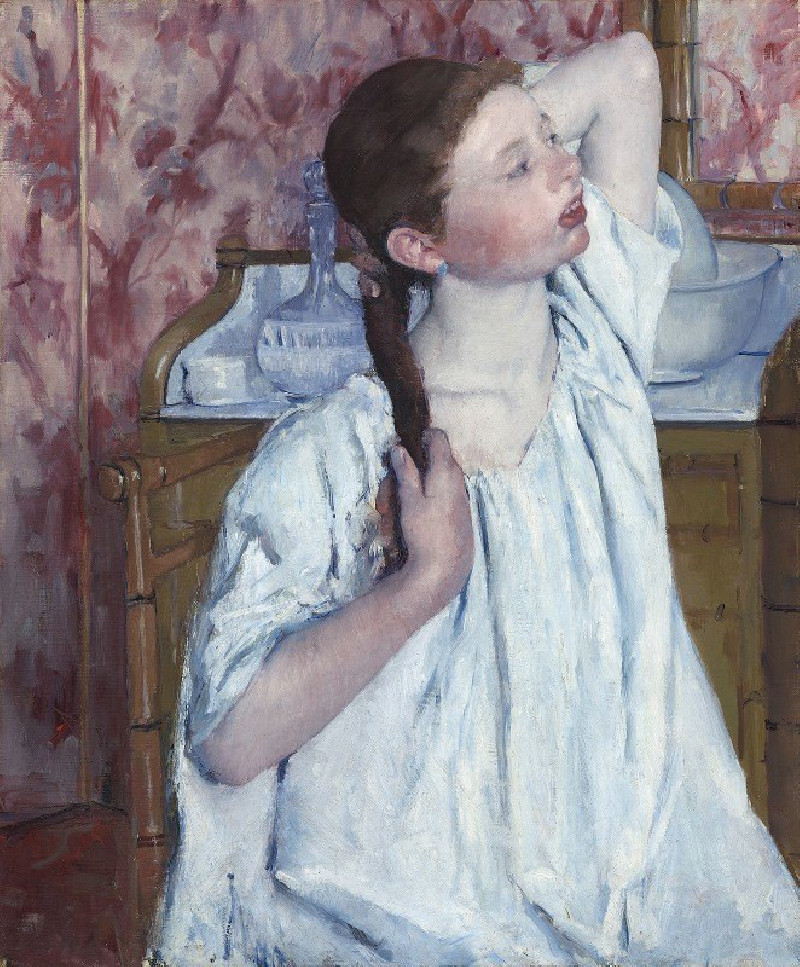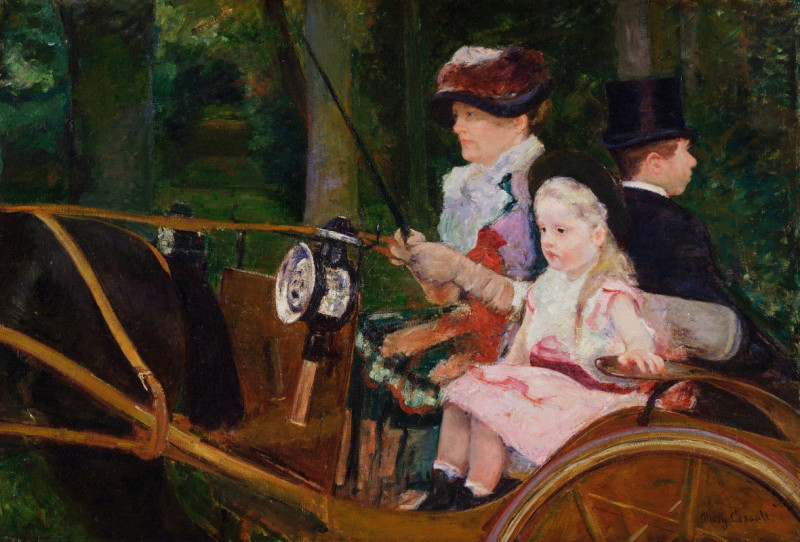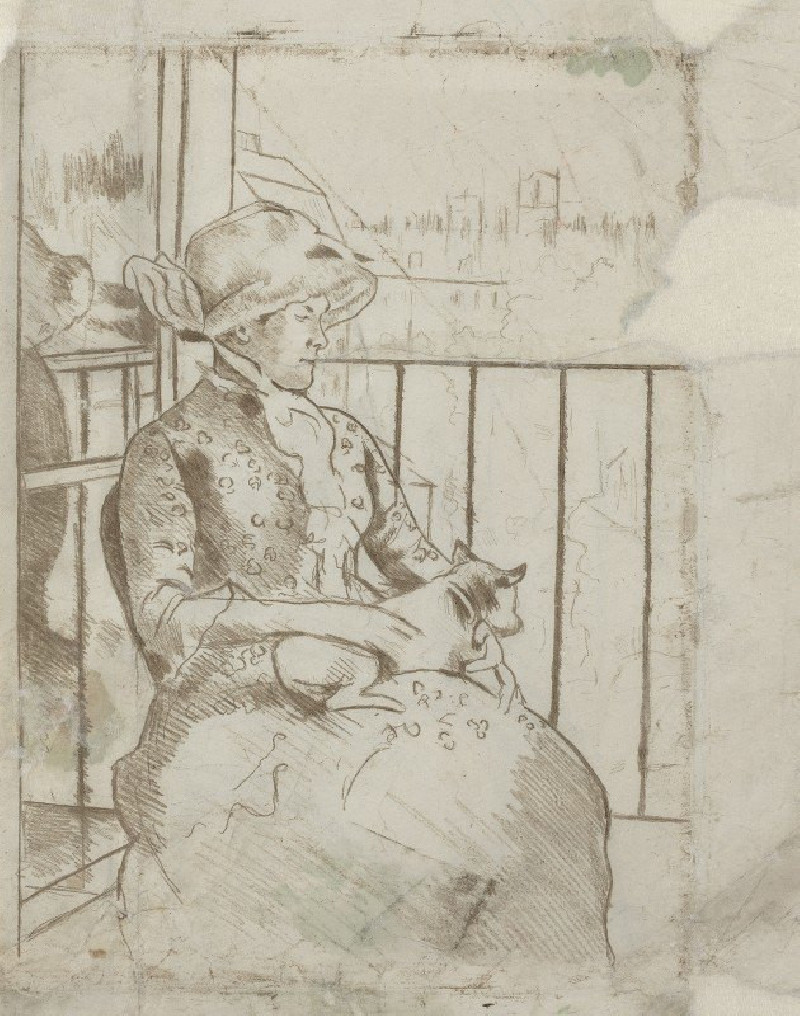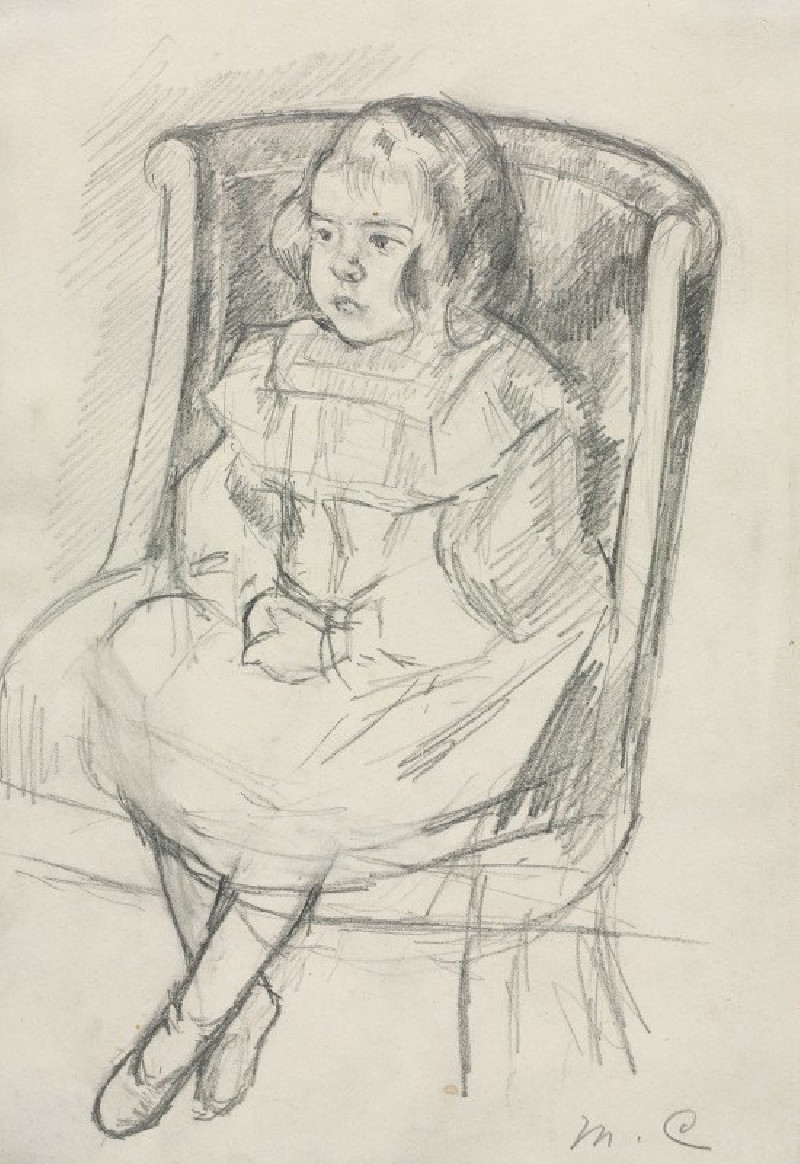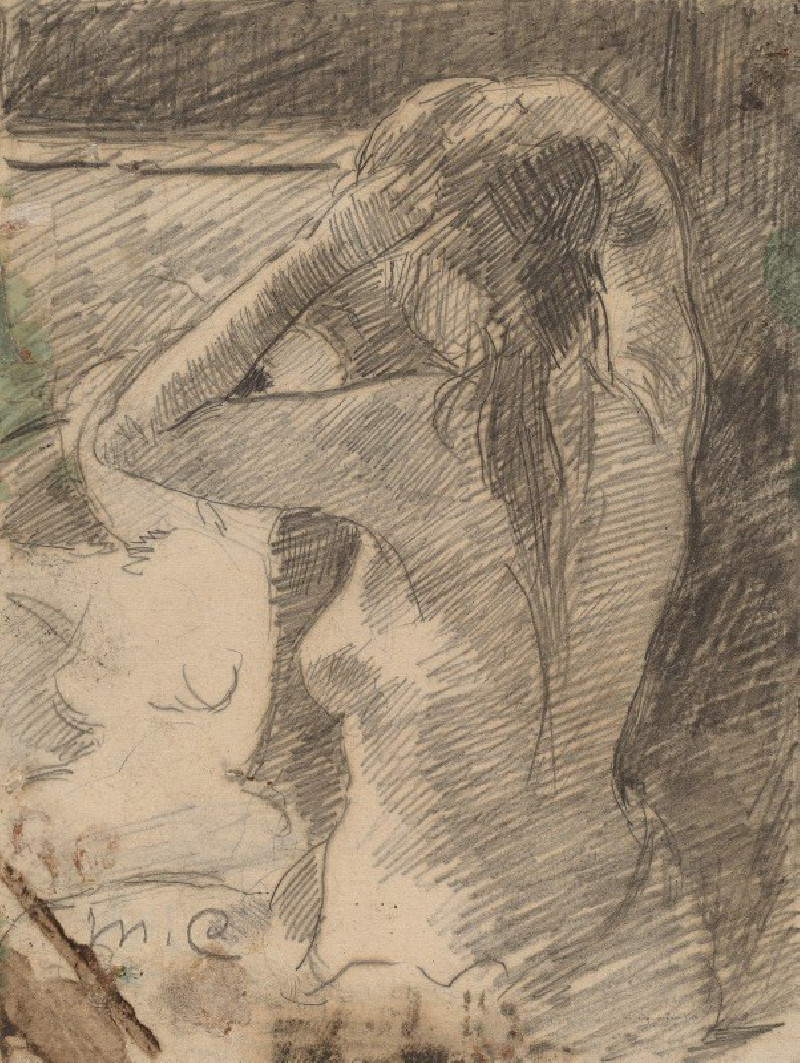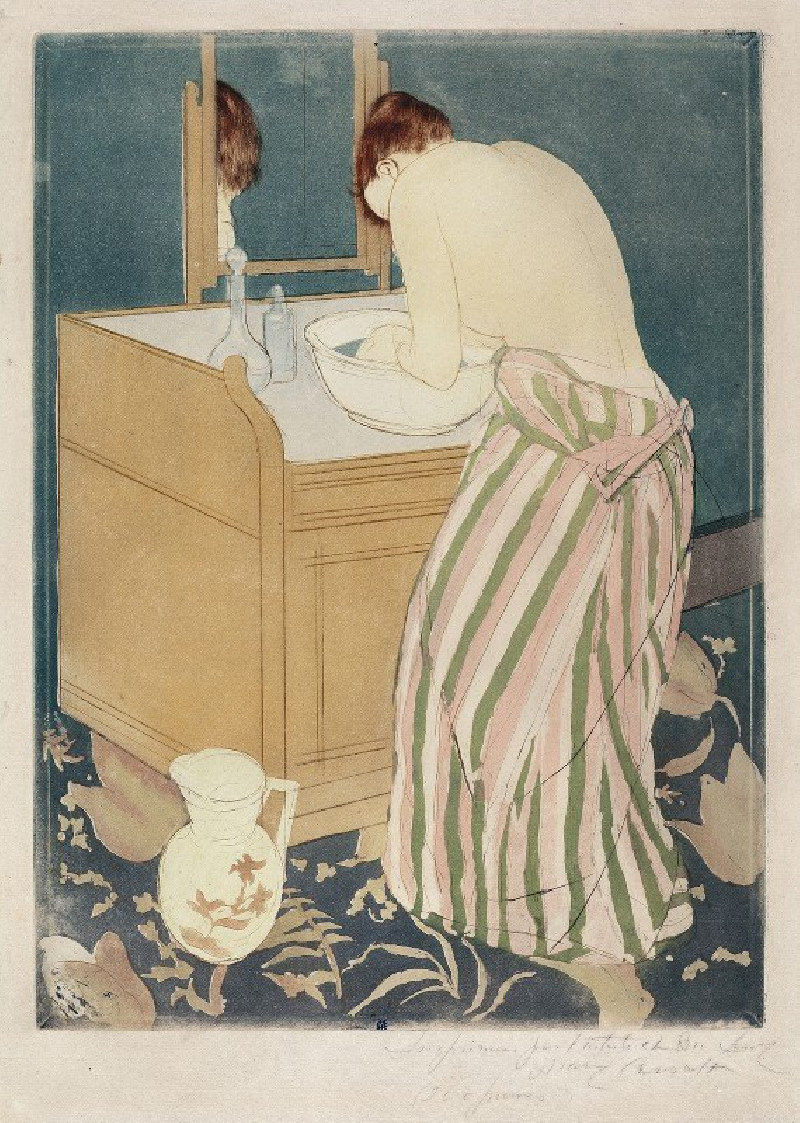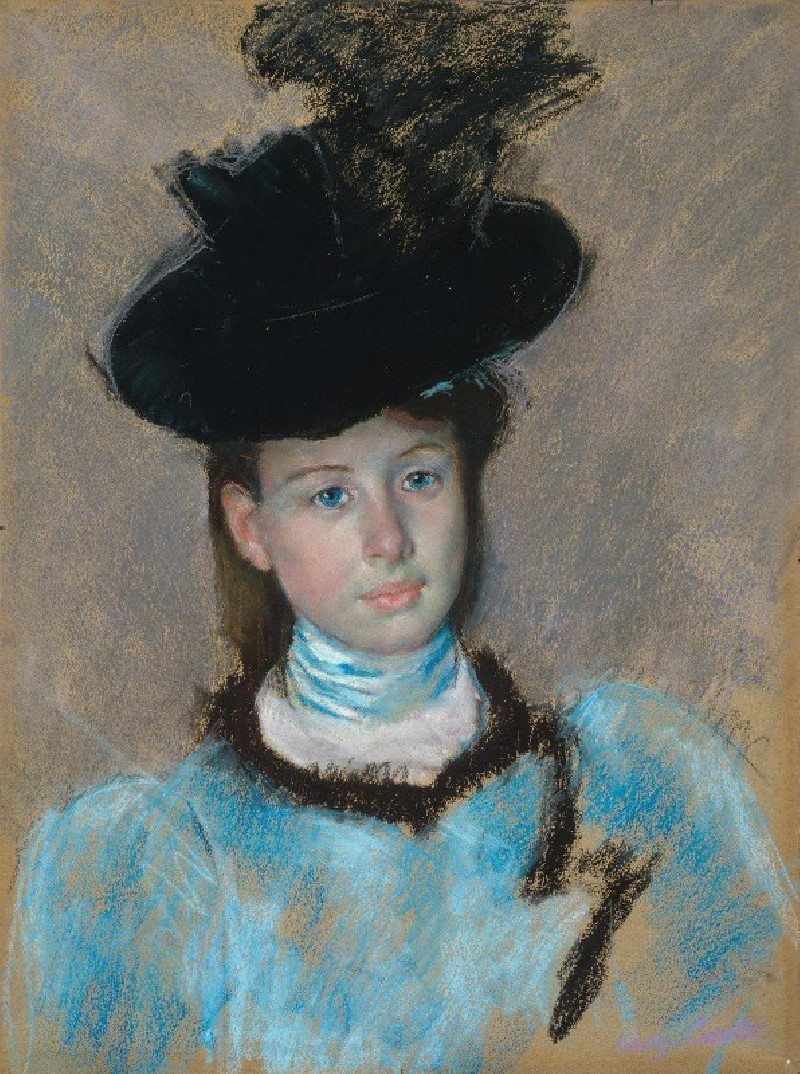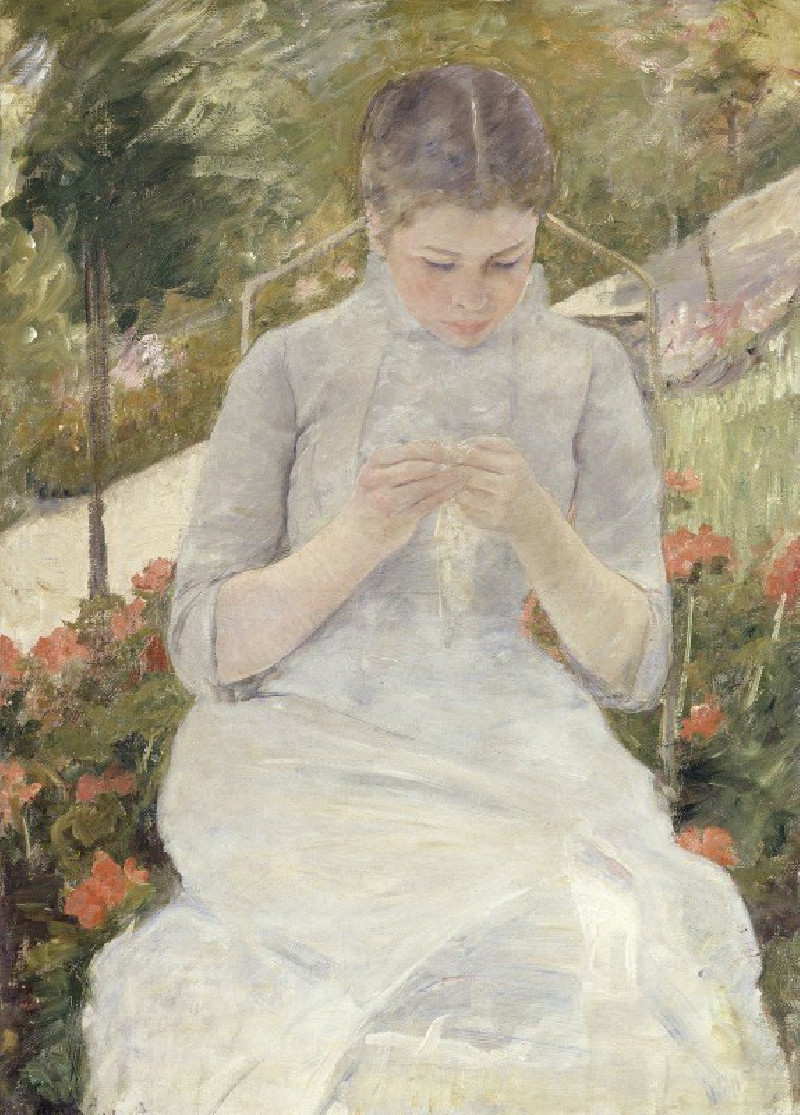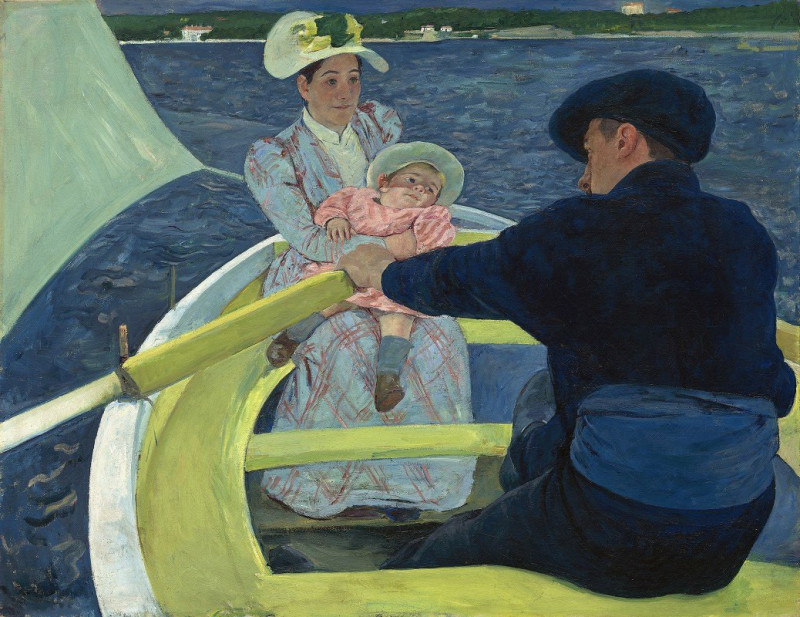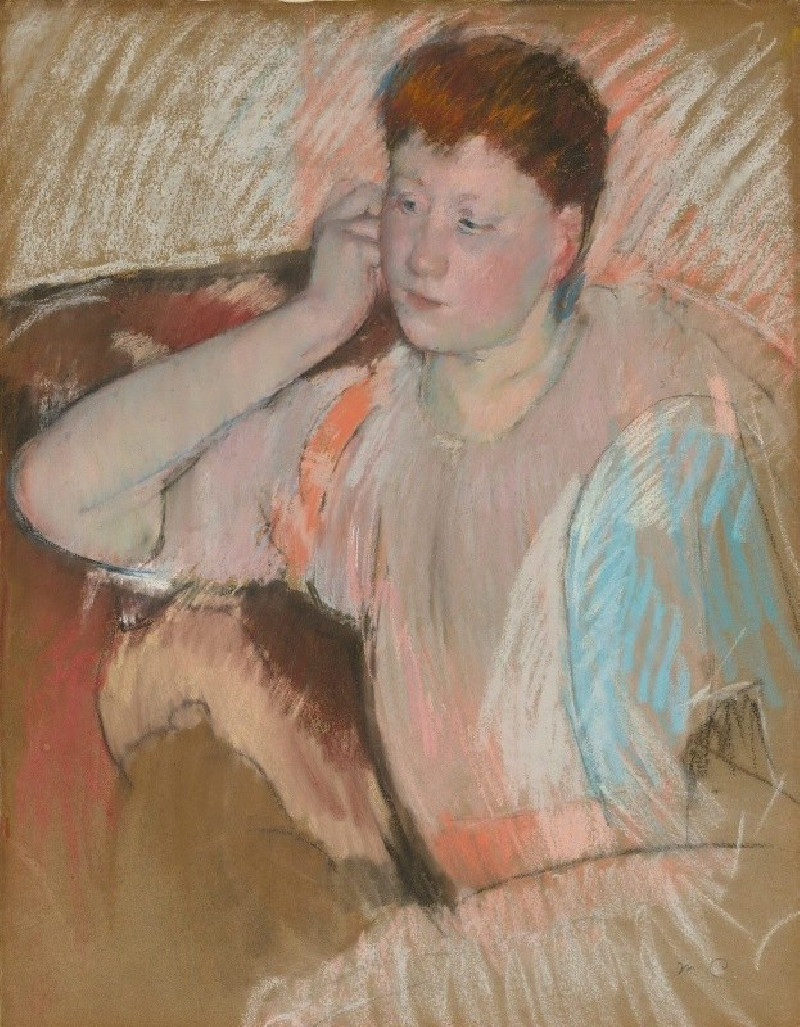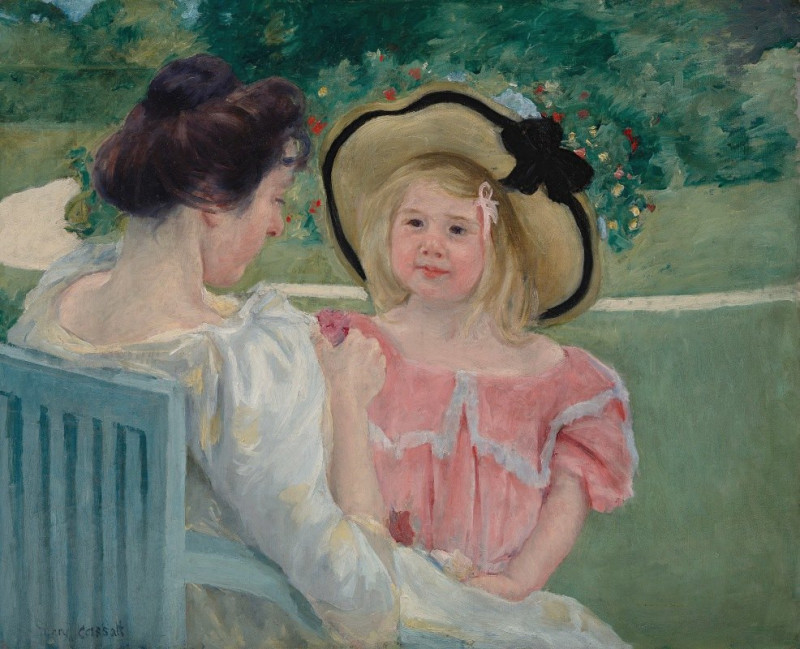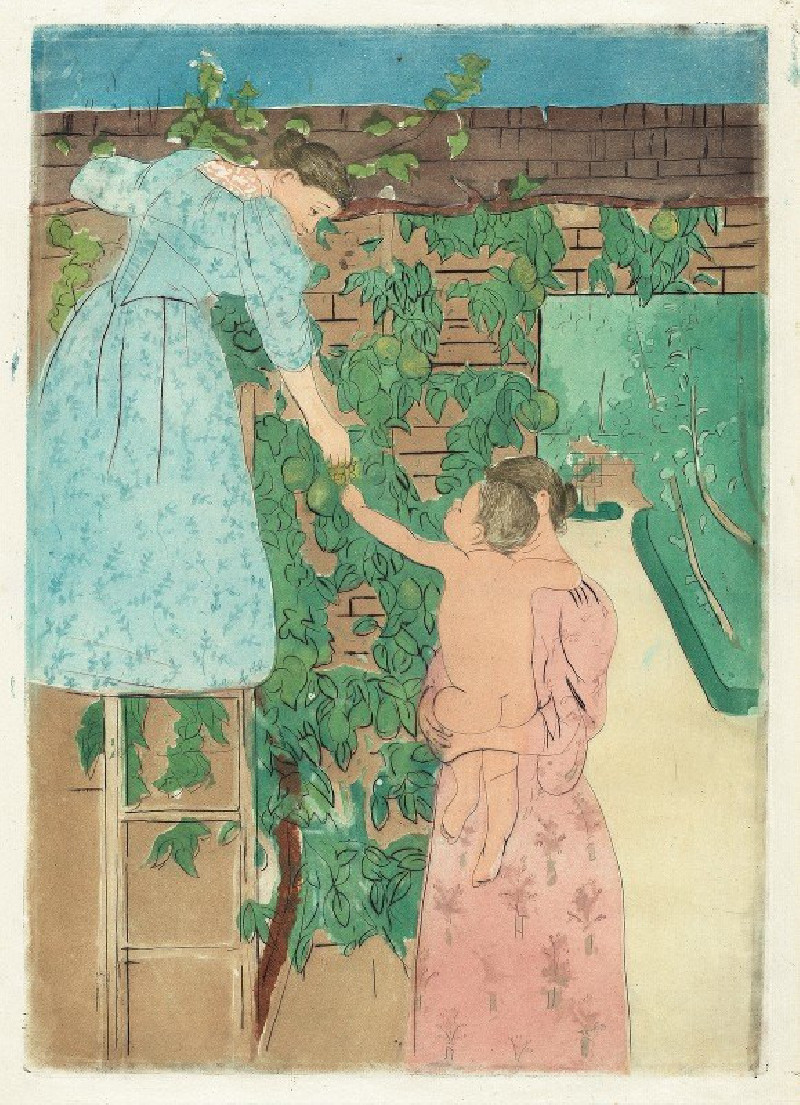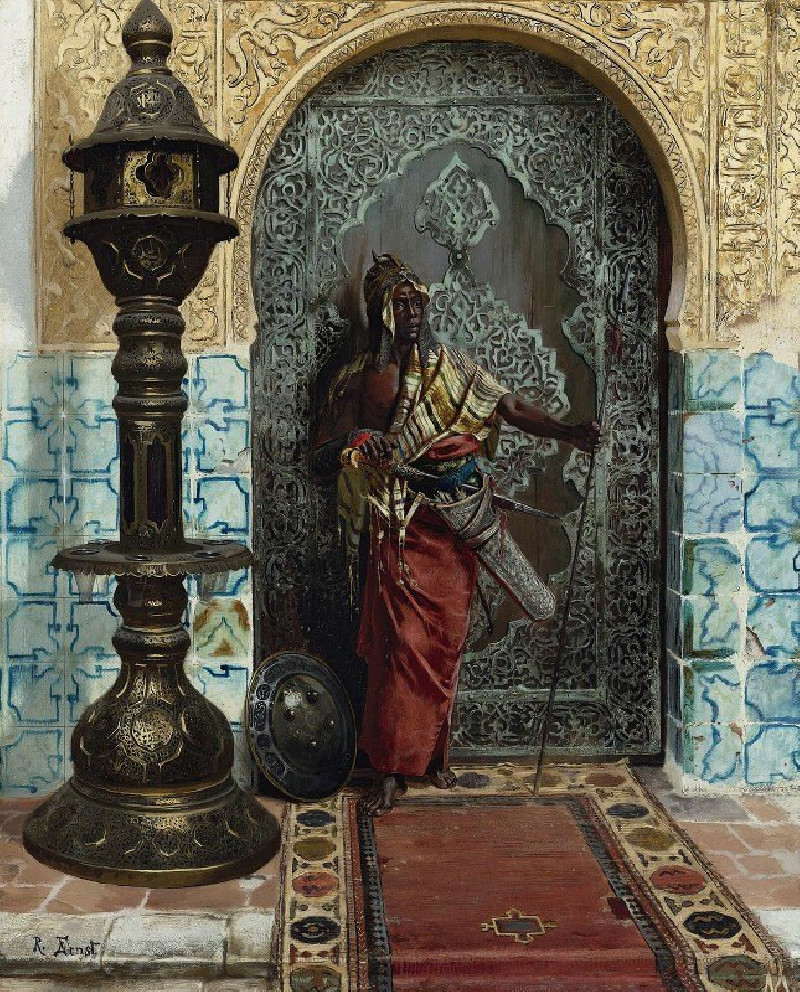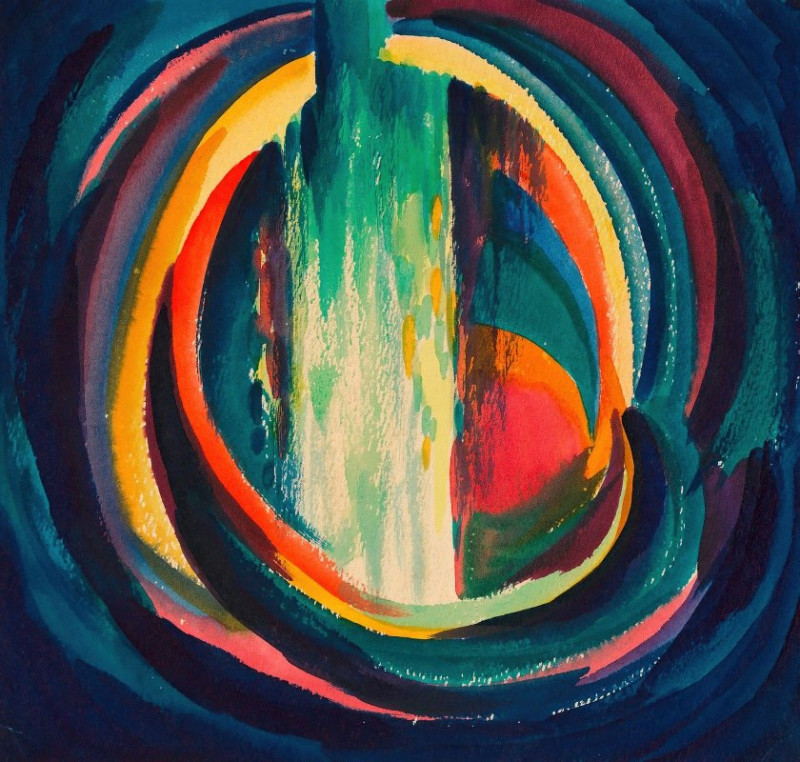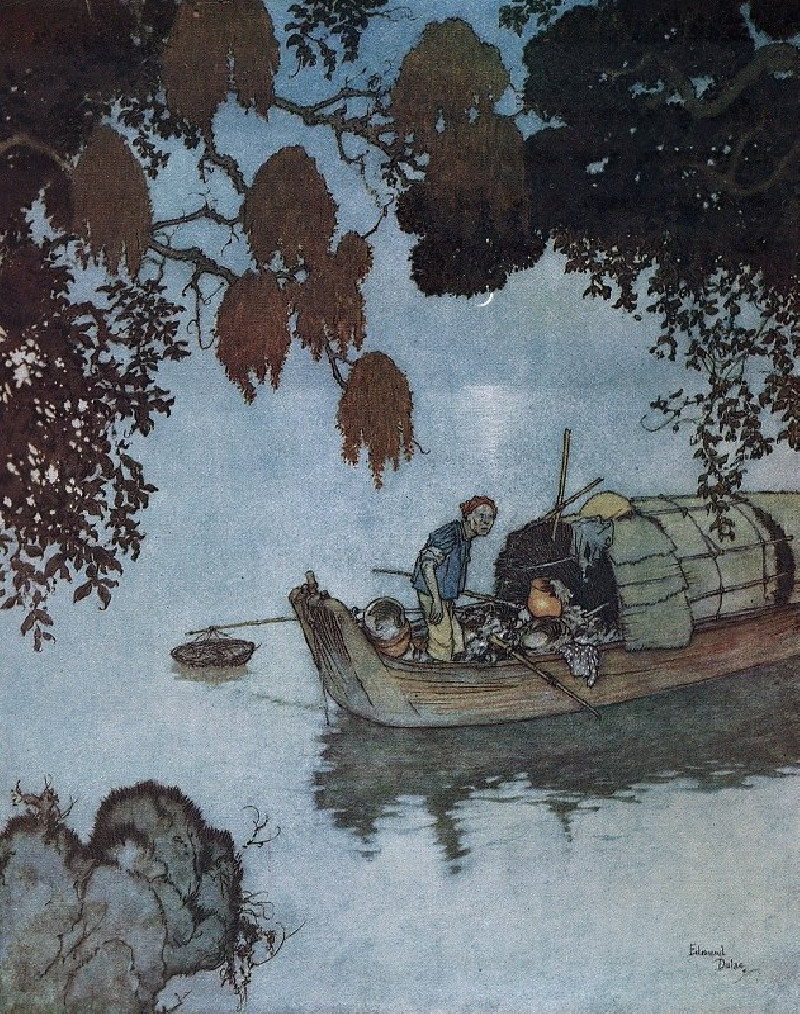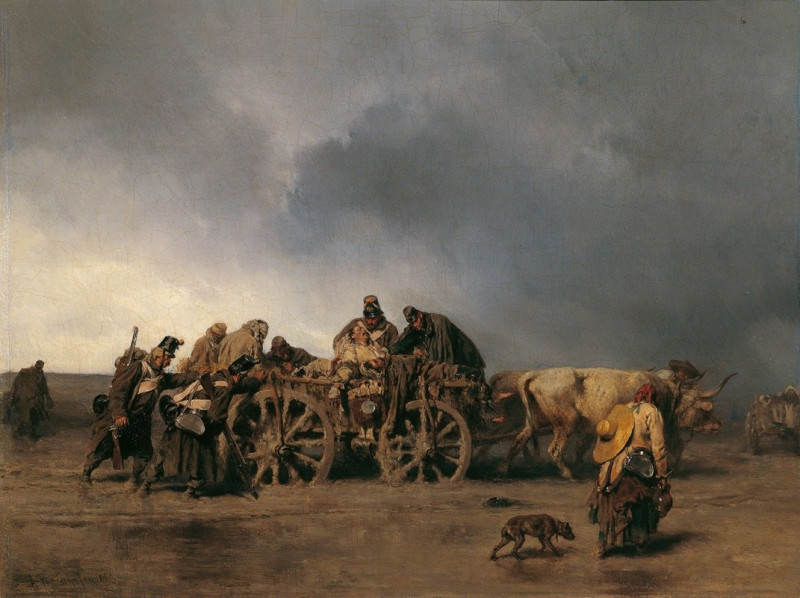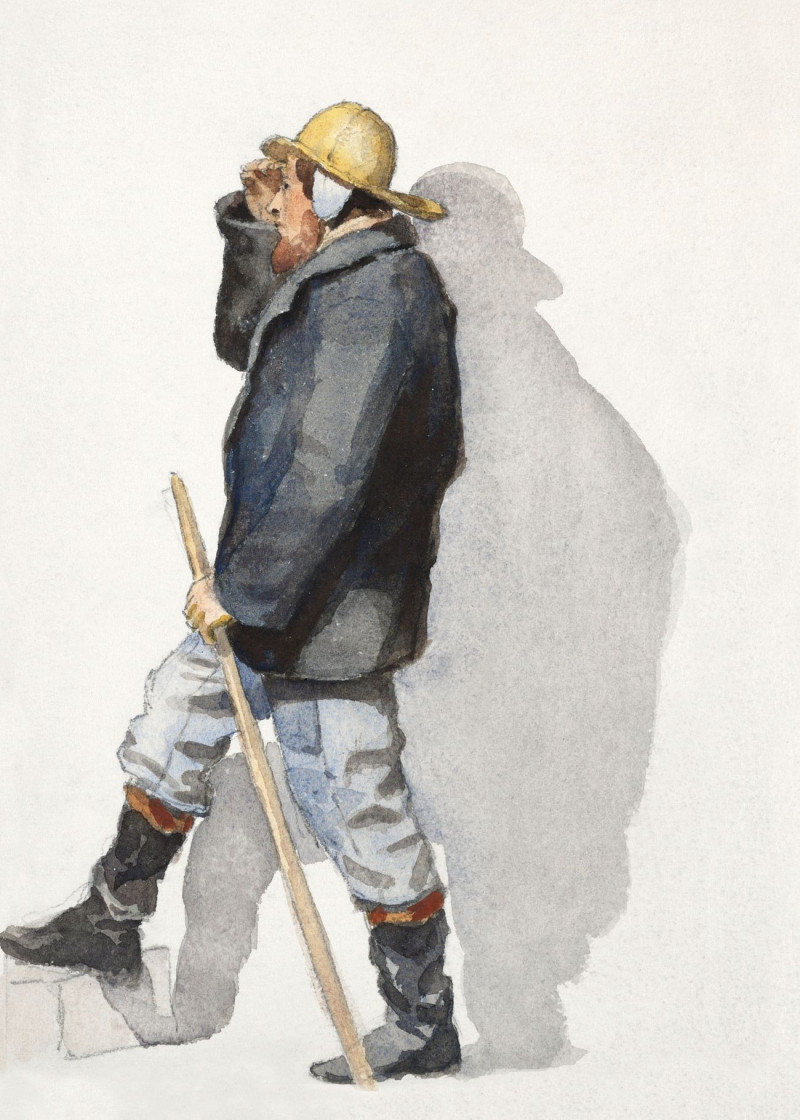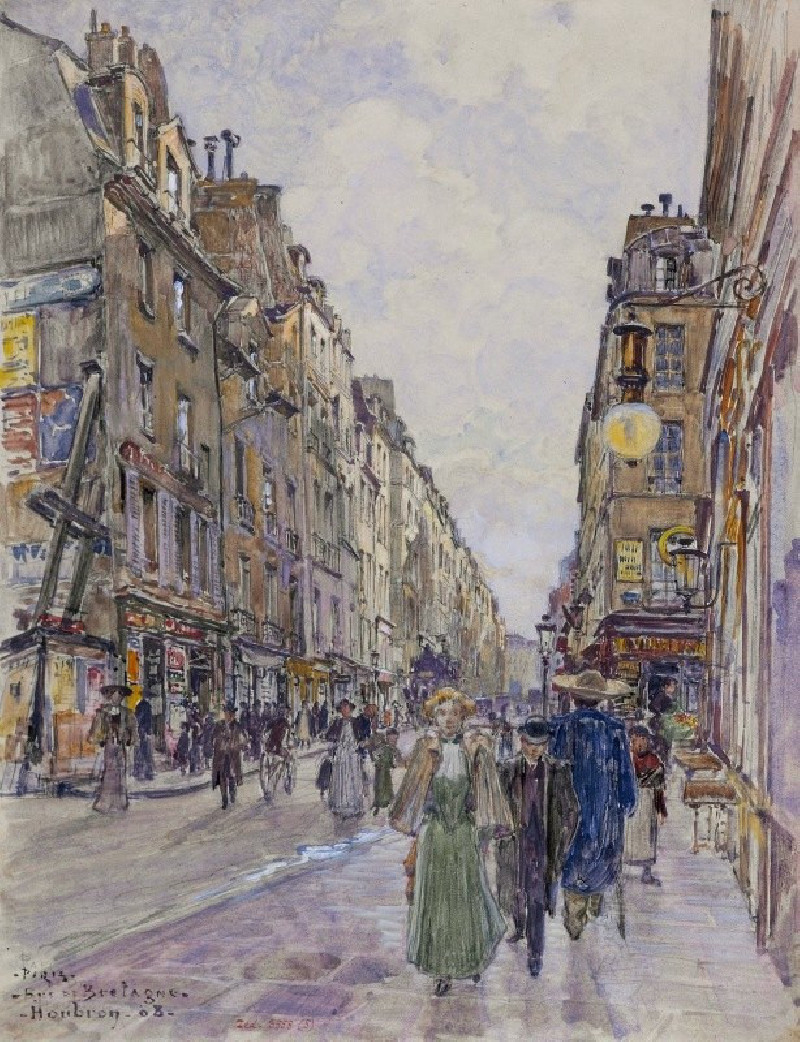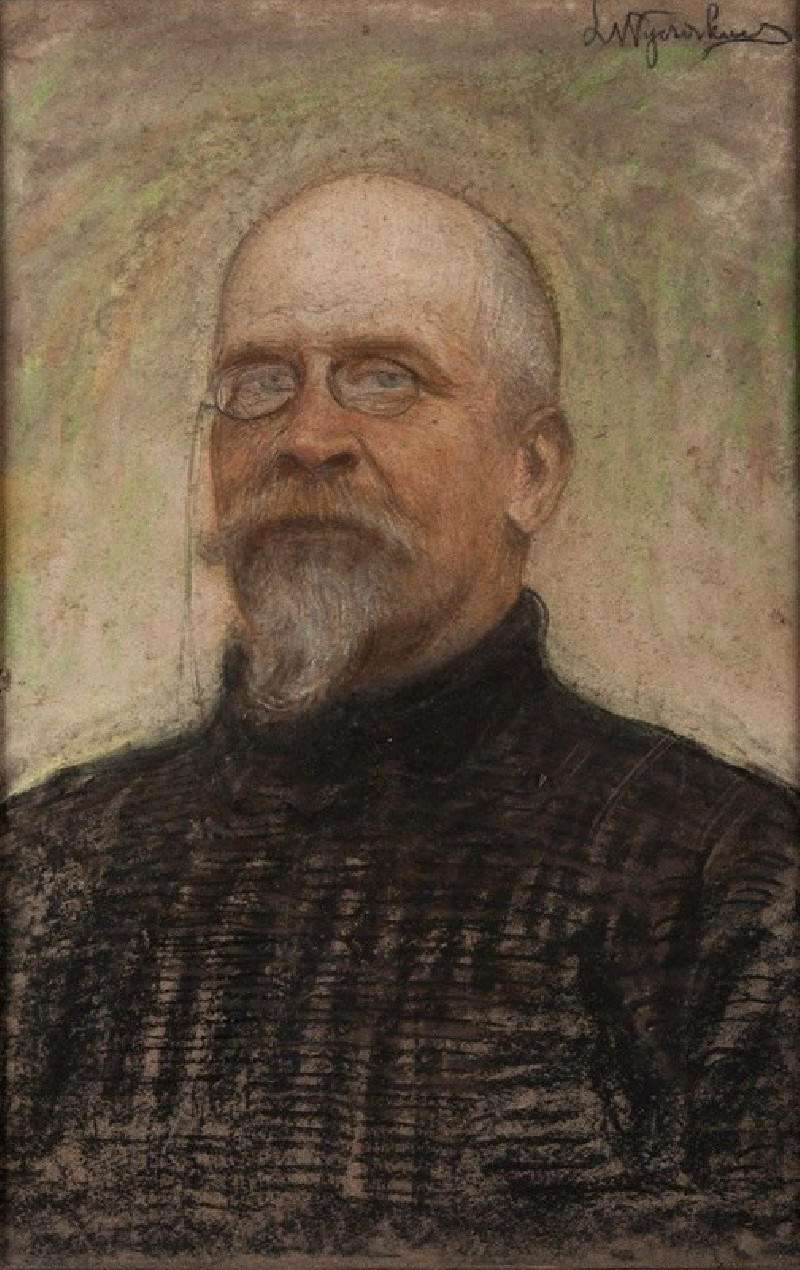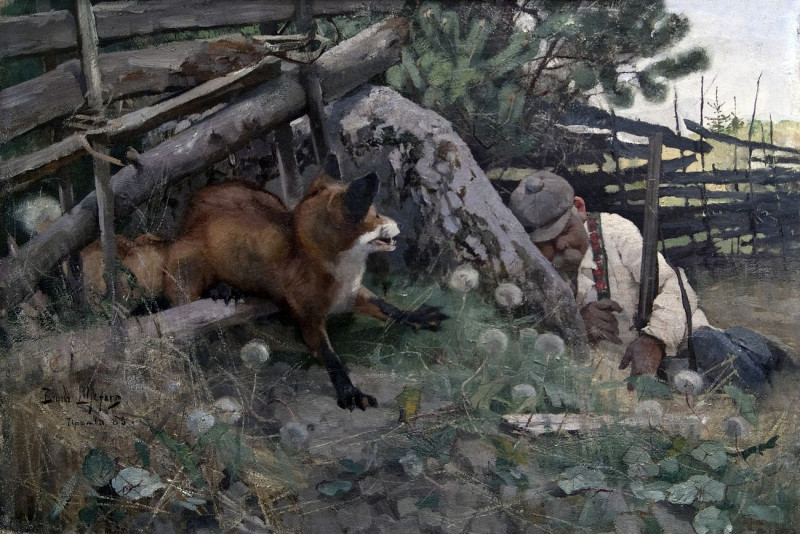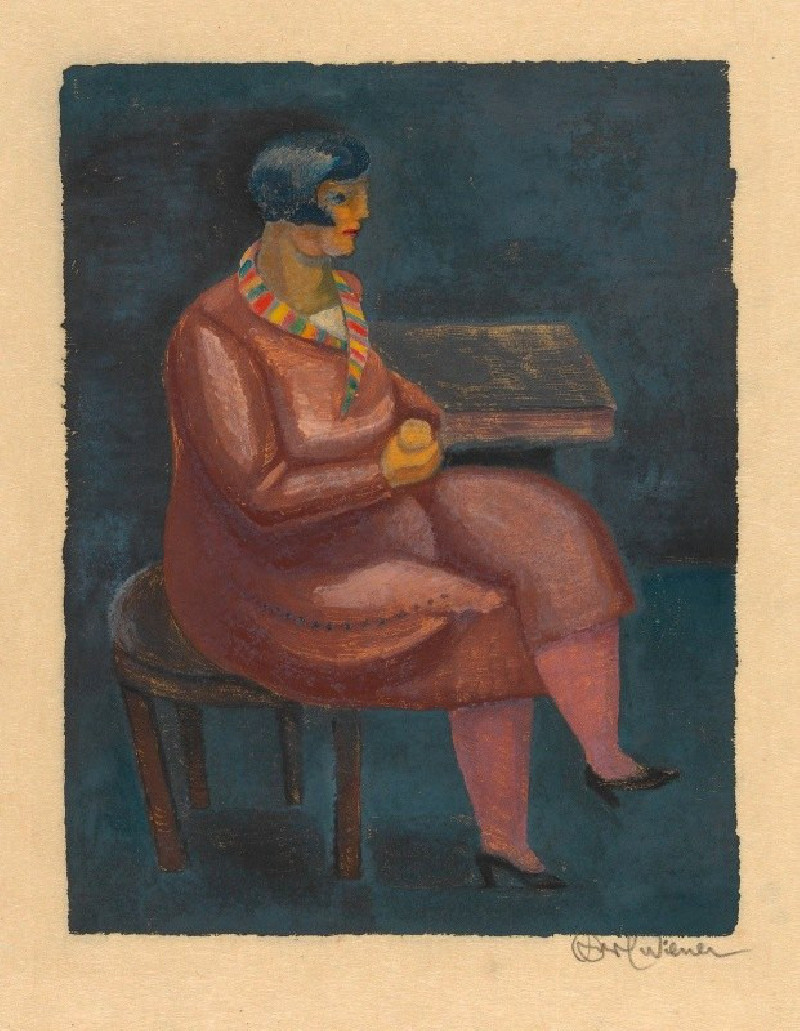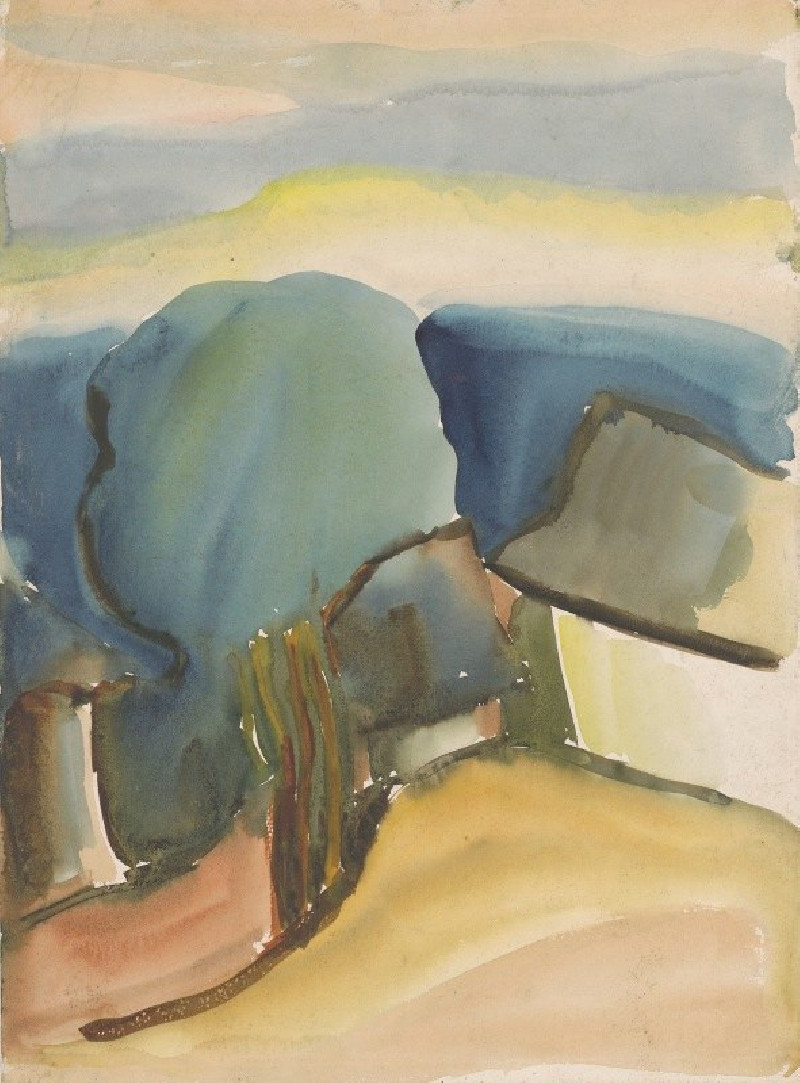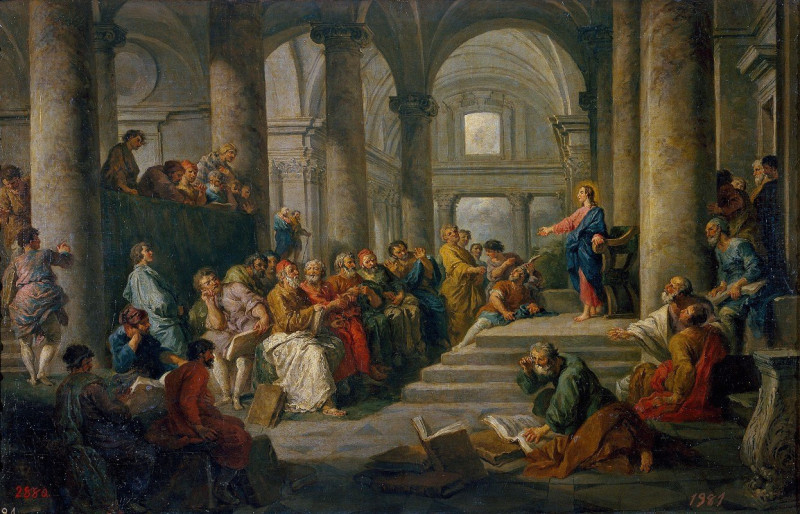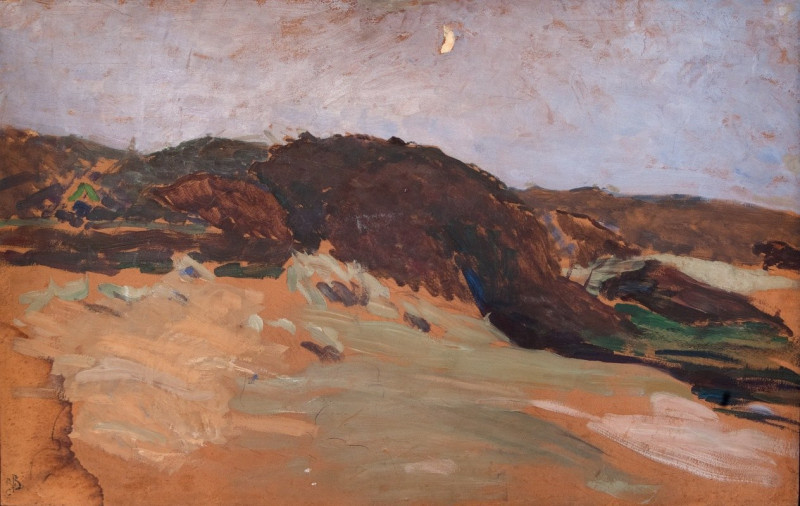Woman with a Red Zinnia (1891)
Technique: Giclée quality print
Recommended by our customers
More about this artwork
Mary Cassatt's painting titled "Woman with a Red Zinnia," painted in 1891, depicts an evocative scene that captures a moment of quiet reflection. In this artwork, you can see a young woman dressed in a light blue striped dress with white accents, which suggests a casual yet thoughtful elegance. The woman holds a bright red zinnia, drawing attention with its vibrant color against the more subdued tones of her attire and the background.The painting reveals Cassatt’s characteristic focus on the everyday moments of private lives, particularly those of women. The woman's pose, with her elbow resting on a wooden railing and her face supported by her hand, suggests a moment of introspection or maybe a slight hint of melancholy. Her gaze is directed away from the viewer, lost in thought, which deepens the mood of personal reflection.The background is rendered in soft, naturalistic shades of green and yellow, suggesting a serene, outdoor setting. This resourceful use of light and color highlights the simplicity and tranquility of the moment, a hallmark of Cassatt’s style."Woman with a Red Zinnia" beautifully illustrates Mary Cassatt's profound ability to convey the inner life of her subjects through subtle gestures and expressions, framed within her softly vivid Impressionist style.
Delivery
Returns
Mary Stevenson Cassatt was an American painter and printmaker. She was born in Allegheny City, Pennsylvania (now part of Pittsburgh’s North Side), but lived much of her adult life in France where she befriended Edgar Degas and exhibited with the Impressionists. Cassatt often created images of the social and private lives of women, with particular emphasis on the intimate bonds between mothers and children.
She was described by Gustave Geffroy as one of "les trois grandes dames" (the three great ladies) of Impressionism alongside Marie Bracquemond and Berthe Morisot.In 1879, Diego Martelli compared her to Degas, as they both sought to depict movement, light, and design in the most modern sense.

